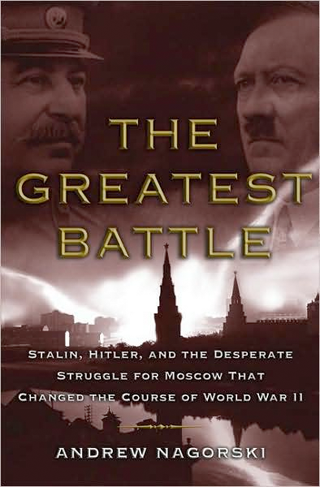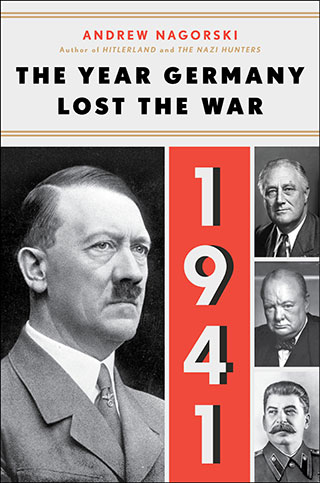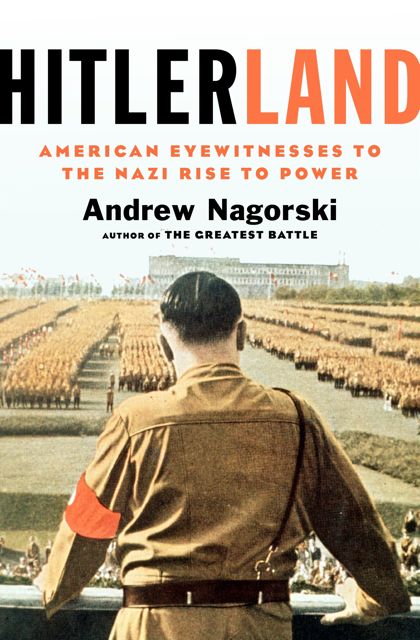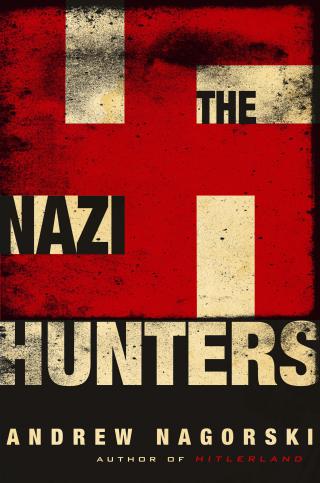Stalin erased his enemies, and North Korea still airbrushes them out. American universities should make sure they don’t go into the same business.
It is one of William Faulkner’s most quoted lines. “The past is never dead,” he wrote in his novel Requiem for a Nun. “It’s not even past.” In fact, it’s being rewritten all the time for contemporary contexts. But when college students try to erase whole parts of the historical record, as many seem to want to do these days, it’s time to point out the lessons history has to offer about the consequences of such behavior—and how easily zealous righteousness is transformed into tyranny.
History is rarely static in democratic societies, and it’s hardly surprising that each generation is prone at some point to reassess parts of its past. This can be a very healthy instinct, particularly when it leads to recognition of wholesale injustices and widespread prejudices against any race, religion or independent thinkers.
Such reassessments often serve as long overdue corrective mechanisms. But they have to take place, precisely, in an environment where free speech allows each judgment, each re-think of history to be challenged.
Without that, the zealots stake out positions as the sole repositories of one truth. And we have seen countless times that the one truth becomes whatever a strongman or a ruling party decides, which is always justified on the grounds that it is for the good of the cause, whatever that cause may be.
One key reason why Vladimir Putin has so successfully re-imposed an authoritarian, corrupt regime on the Russian people is that he largely put a stop to earlier efforts to face up to the legacy of the Communist system, including its record of mass murder at home and brutal subjugation of its neighbors.
The Russian leader is the product of a system that has always been a master of manipulation. As I’ve reminded students on many occasions, the real inventor of Photoshop was Joseph Stalin. He commanded his minions, who were technological pioneers in doctoring photography, to crop out anyone who was caught up in his successive purges.
First Stalin’s victims disappeared from the photos where they had once stood next to him; then they were paraded in show trials and shot. In the case of Leon Trotsky, who had fled to Mexico, a Stalinist agent dispatched him with an ice ax.
Once the “correct” visual and written history was produced, strict orders were issued never to publish any historical photos that were not redone. Additional orders were issued to everyone who had copies of the Great Soviet Encyclopedia: designated pages were to be torn out and replaced by new pages that had to be pasted in. Every new version was sacrosanct—until it, too, was replaced.
When I was first stationed as a foreign correspondent in Moscow in the early 1980s, I would often joke with my colleagues that we lived in a country with an unpredictable past. But, like so much of Soviet-era humor, the joke was less funny than sad.
Stalin’s Soviet Union served as the initial model for Mao’s China and Pol Pot’s Kampuchea, and it has continued to be mimicked by three generations of Kims in North Korea.
The flagrant manipulation of history made it easy for the Kremlin and its imitators to rationalize their absolute powers. A booklet called “USSR: 100 Questions and Answers,” published in 1978, blithely argued that the country was fully democratic.
Everyone was free to speak their mind, it explained, but there were a few exceptions—all in the name of defending progressive ideals: “No one may exploit another person and appropriate the fruits of his labor. Propaganda of war and of violence in any form as well as advocacy of national or religious exclusiveness are seen as criminal offenses. Equality of the sexes may not be infringed….”
In other words, in the name of protecting everyone, anything could be banned, any action deemed criminal or, at a minimum, a firing offense. In such a system, self-censorship often replaced overt censorship.
Sound familiar?
A professor in this country who guts his reading list to eliminate books by writers like Mark Twain or anyone else who may prompt condemnation by students offended by their language and attitude is exhibiting similar behavior. College administrators do not have to censor such self-conscious faculty members; instead, they can breathe a sigh of relief—until the next offending author is found. Or the next offending past political figure associated with the college who does not measure up to current standards of morality.
Once we start resorting to the equivalent of the Photoshopping of our history, as opposed to honest debate anchored in a firm commitment to free speech, we are on the path to intellectual tyranny. Once we go that route, it is only natural to block anyone from speaking on college campuses who may challenge the prevailing orthodoxy.
And where intellectual tyranny reigns, it’s a short step from dropping books from the syllabus to burning them—as the Nazis did in Berlin on May 10, 1933, a few months after Adolf Hitler took power. Or to “re-educating” anyone who possesses even a shred of knowledge about the undoctored past, as in China during the Cultural Revolution. Then, too, professors who would not immediately genuflect to the latest dogmas were vilified and humiliated by their students. Cowering university administrators hailed those mobs as the new revolutionaries, fearful that offering anything less than enthusiastic applause would make them the next targets.
But I forgot: we should never make those kinds of analogies. We should never make those kinds of connections to recent history. They might just make our idealistic young people—and many of those charged with their academic oversight—a tad uncomfortable. They might just remind them that they are hardly the first generation that has tried to silence those who have the temerity to think for themselves.









